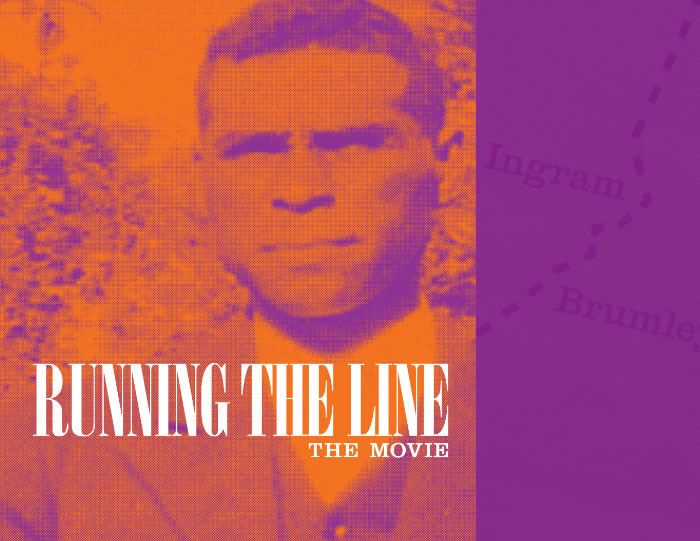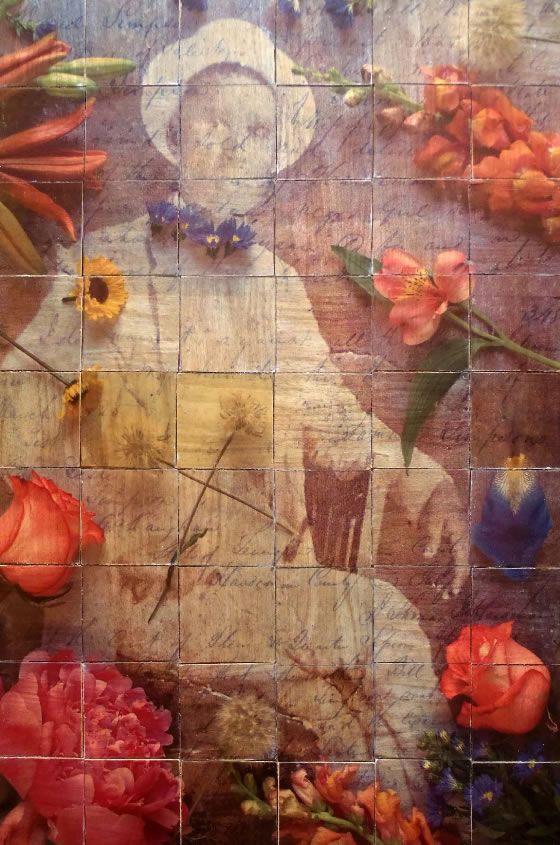Running the Line

Running the Line, a feature-length movie recounting the true story of Ben Ingram Jr., arrested in 1918 for the murder of his White neighbor Green Brumley. Ingram was as respected as Brumley was reviled. But when Ingram killed Brumley in self-defense one December afternoon, there was no guarantee that the successful farmer, husband and father would survive the night, let alone make it to trial.
Running the Line is based on the forthcoming book by Schyleen Qualls, Ben Ingram's granddaughter, and the real events recounted in the book are thought to be the inspiration for William Faulkner's movie Intruder in the Dust. Running the Line shows how Ingram became a beacon of the community and made friends across the color line long before that fateful encounter. How he nurtured his family and community. How he grew his farm to 2,200 acres. How he sent all his children (and several nieces and nephews) to boarding high schools and on to college, at a time when Mississippi provided no education for Black students beyond the 8th grade. How he was indeed remarkable, but nonetheless vulnerable to personal bigotry and systemic racism. How he was wracked by doubts, but also fortified by family, faith and authentic friendships. Qualls's book, based on interviews with numerous eyewitnesses to the killing and the trial, gives us a different kind of Southern story. One that we need, especially now.
More than a courtroom drama, Running the Line – both nerve-racking and nuanced – vividly shows Black life in the South as we've never seen it on the screen. Yes, it shows a man at his most vulnerable, caught in the Kafkaesque grind of Jim Crow racism. But beyond that, it is a celebration of Black excellence and a tale of what allyship – or better, friendship – looks like when the chips are down.
Writing about the vitality of little known stories such as Ingram's, celebrated cultural historian and author Professor Henry Louis Gates Jr. wrote, "These texts reveal the human universal through the African American particular: all true art, all classics, do this; this is what 'art' is, a revelation of that which makes each of us sublimely human, rendered in the minute details of the actions and thoughts and feelings of a compelling character embedded in a time and place."
Professor Gates's passion about the story and Schyleen's book has inspired him to sign on as an Executive Producer for the movie. In his words, "Schyleen Qualls's enthralling account of her grandfather's murder trial in Mississippi at what is known as the nadir of Jim Crow rule is a powerful, and deeply affecting, reminder that history, like the human beings who shape it, does not follow a straight line. Born to former slaves just as Reconstruction in the South was ending, Ben Esau Ingram, Jr. went on to become a successful Black man at a time when the lynching of Black men, even in uniform, was horrifically routine. Standing accused of the shooting death of a wealthy White man before an all-White jury in the year 1919, Ingram, Jr. tested the very limits of the color line in America, and whether it would hold firm or bend is the question at the heart of the story Qualls tells. The result is more than a family tale. It is our history."
“Blue Collar” by Albert Chong

(The artwork and photograph of Ben Esau Ingram Jr. is superimposed over the 1825, five hundred dollar “Bill of Sale” for Ben Ingram’s grandmother, Hagar, when she was taken from her mother and sold at the age of ten by Samuel Simpson of Marion County, Mississippi to William Simpson of Hardeman County, Tennessee.)